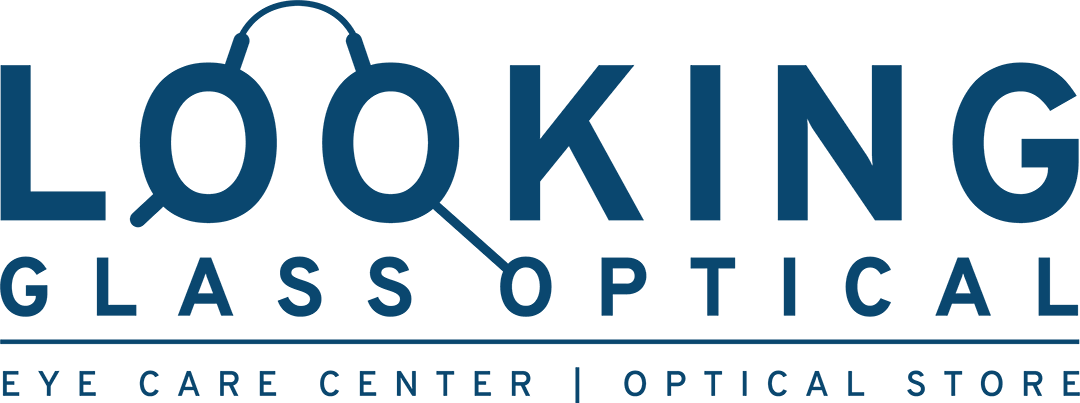Do Your Eyes Grow with Age?
Although it’s not the most common topic to discuss when it comes to aging and physical health, it’s important to understand how our eyes grow and develop. Did you know that at birth our eyes are about two-thirds smaller than they’ll be when we reach adulthood? It’s true. And, understanding your eyes will help you take better care of them in the future. Read on to learn how the eyes grow and develop from birth to late adult life.
How Eyes Grow: The Basics

After babies are born, their eye color may change, as blue or gray eyes can become darker. Then, after 12 months, the eye color becomes permanent.
When babies are born, their eyes are not yet fully-developed. In fact, eyes have two major growth spurts within a person’s lifetime. It’s also common for babies’ eye color to change within their first months of life as well. Nevertheless, at birth, individuals are typically born with eyeballs that measure about 16.5 millimeters in size. Then, between the ages of one and three years old, the eyes go through their first major growth spurt. During this time, the eyes will grow to each be 23 millimeters wide.
After this point, the eyes will enter their second to last phase of development in which they will continue to grow slowly in length up until puberty. After this stage, the eyeballs will continue growing to reach their maximum size by the age of 21. Interestingly, a fully-formed eye ball will reach about 24 millimeters in length. This is roughly the size of a gumball!
Eye Abnormality and Genetic Disorders
Our eyes achieve their most significant growth and development right before the ages of 21. Because of this, eye abnormality and genetic disorders tend to develop during childhood and adolescence. The most common eye disorders include the following:
- Nearsightedness- This condition, also called myopia, usually occurs between the ages of 8 and 12. Myopic eyes develop when the eyes don’t form properly. In most instances, this is because the cornea grows overly rounded. People with myopia have trouble seeing faraway objects because the eyes don’t focus light onto the retina, but rather in front of them.
- Farsightedness- Also called hyperopia, this condition is caused when the cornea doesn’t develop enough roundness. Or, when the eyeball itself fails to grow to normal length. Farsightedness results in difficulty focusing on objects directly in front of the eyes.
- Color blindness- Colorblindness occurs when color-sensing pigments in the eyes don’t develop properly. This condition may be mild or severe. In mild cases, individuals have trouble recognizing the difference between green and red colors. But, in more severe instances, the eyes can’t detect any color beyond gray and white. Surprisingly, more men acquire colorblindness than women. This is because gender impacts vision in huge ways.
- Besides these three common eye development disorders, other problems like lazy eye, astigmatism, and refractive errors can also develop during childhood and adolescence.
How Eyes Age: Adult/Late Life
Just like other parts of the human body, our eyes begin to age once we reach the age of 40. And, although the eyes have stopped growing in length, they continue to increase in weight which can lead to age-related vision changes. Aging eyeballs can affect vision in several ways, including the ability to see at night and tear production. In addition, during this age, some people may experience flashes and floaters, and loss of vision in some parts of their eyes.
Of course, diseases of the eye can also cause vision problems. For instance, diabetes and Alzheimer’s disease can lead to colorblindness, macular degeneration, and blurred vision.
Start Taking Care of Your Eyes Today
The good news is that many of the eye conditions mentioned above can be corrected before they become worse. For instance, glasses, contacts, or laser eye surgery can correct nearsightedness and farsightedness. Overall, the main thing to keep in mind is that healthy eyes are less prone to abnormalities and problems. So, to ensure your eyes are in top shape for many years to come, schedule an eye exam at least once a year.
When you need eye care at any stage of life, Looking Glass Optical is here to help. Call us at 410-768-0202 or visit our online scheduler to make an appointment.
